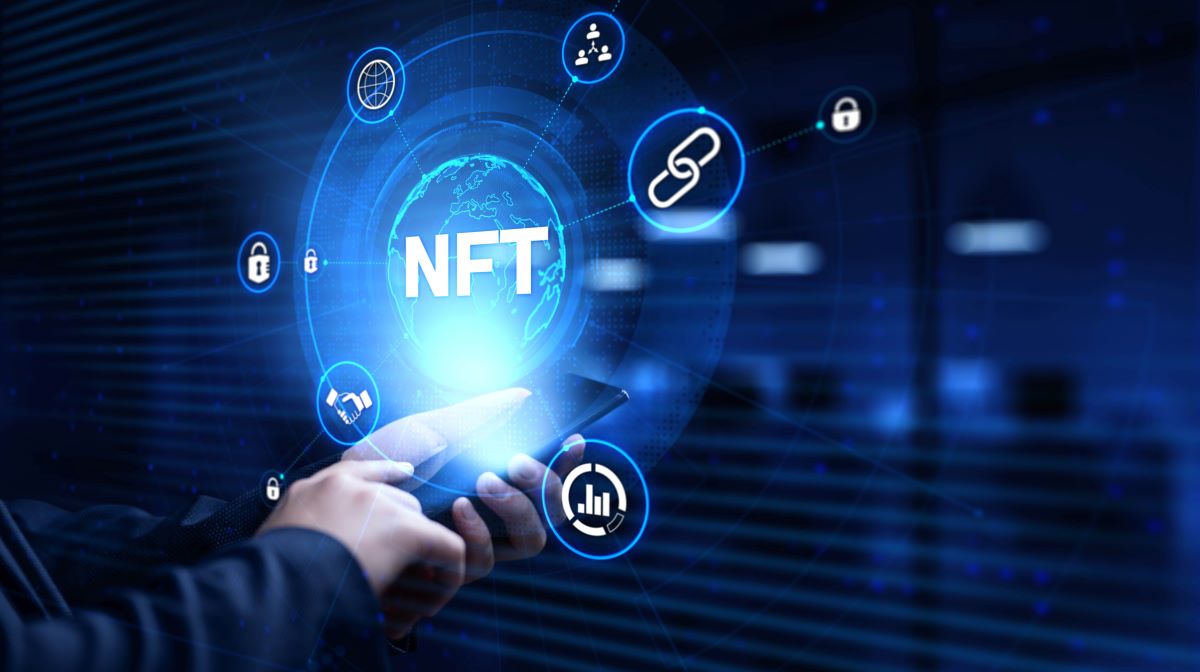Blockchain technology has dramatically transformed our perception of value, introducing a key feature: tokenization.
Tokenization is the process of digitizing real, tradable assets into virtual tokens on a blockchain. Additionally, these tokens represent various underlying assets. Thanks to the blockchain, these tokens can be bought, sold, or traded, providing proof of ownership without physical possession.
The potential of tokenization is significant. In fact, experts forecast up to $5 tn in tokenized digital securities trade volume by 2030. The tokenization market in the Middle East and Africa concurrently projects robust growth, expected to rise at a Compound Annual Growth Rate of 16.8 percent through 2029.
Mechanisms of tokenization
Tokenization operates through a precise mechanism that begins with creating a digital reflection of an asset on a blockchain.
First, the issuer decides the total supply of tokens. In this step, they likewise determine their value in relation to the asset they represent.
Subsequently, these tokens find their place on the blockchain. Not just any ledger; the blockchain is a digital and decentralized record-keeping mechanism. Its design ensures the recording of all transactions in a manner that is both secure and transparent.
Thus, the process successfully encapsulates real-world assets into a digital space, all while maintaining an indisputable record of ownership.
Types of tokens
- Utility tokens: The initial coin offering phenomenon took the world by storm in 2017, amassing $4 bn in funds. Since then, utility tokens have captured the attention of the cryptocurrency community. These tokens provide users with future access to a product or service. When issued, they support companies in raising funds for project development.
- Securities tokens: Annually, hackers create $400 bn in damages, obliging businesses to enhance defenses. Securities tokens, digital mirrors of traditional securities, help here. Derived from external assets, these tokens resemble traditional securities. They also provide rights like ownership, dividends, and interest.
- Equity tokens: Meanwhile, these tokens, through tokenization, denote equity in an underlying asset, giving token holders a fractional ownership interest. This can boost the accessibility and liquidity of traditionally illiquid assets.
- Stablecoins: These are tied to assets like traditional fiat currencies, which helps mitigate the extreme volatility common in other cryptocurrencies. As of January 31, 2023, the overall market capitalization for stablecoins stands at $138.4 bn.
- Non-Fungible Tokens (NFTs): Unique and irreplaceable, these tokens are used to establish verifiable digital scarcity. They are predominantly used in digital art and collectibles.
Read: Keen on investing in cryptocurrency? Few things you need to know
Applications of tokenization
Boston Consulting Group estimates that, by 2030, the cumulative worth of tokenized illiquid assets, including real estate and natural resources, will reach nearly $16.1 tn. Significantly, the potential uses of tokenization extend across a wide range of industries.
Tokenization can transform the way properties are owned and traded in the real estate sector. This reduces the barriers to entry usually associated with these high-value assets, thereby significantly boosting liquidity.
Moreover, expensive artwork or rare collectibles can be democratized via tokenization. This process permits anyone to own a portion of valuable artwork, embodied in tokens. For instance, NFTs caught global attention in March 2021, when the artwork ‘First 5000 Days’ by Beeple garnered the highest NFT sale ever recorded at $69 mn.

In financial services, the tokenization of stocks and bonds can bring about a revolution. Financial institutions can operate around the clock, fractionize ownership, and eliminate intermediaries, ultimately lending to more efficient and accessible services.
Further, with respect to supply chains, the tracking and management of goods can greatly benefit from tokenization. It provides an enhanced level of transparency and traceability, integral to streamlining operations and inspiring trust in today’s complex supply chains. Based on Gartner’s prediction, over 50 percent of large enterprises will use blockchain-backed digital tokens to pay suppliers and track goods by 2025.
Challenges of tokenization
Tokenization has vast potential, but it also has several challenges. For one, the Middle East requires a consistent regulatory framework for cryptocurrencies, digital securities, and tokenization. Additionally, educational initiatives are vital to increasing its awareness and acceptance.
Needless to say, blockchain and crypto offerings need to adhere to Islamic finance principles to ensure they are permissible for a significant portion of the region’s population.
The increased use of digital assets and tokenization likewise opens the door for potential cyber threats. Thus, ensuring a secure environment for tokenized assets is critical to preventing fraud, loss of funds, or other cybersecurity issues.
Final thoughts
Although challenges may persist, the future of tokenization seems full of potential, making it a concept worth watching for innovators and investors alike.
For more stories on technology, click here.








